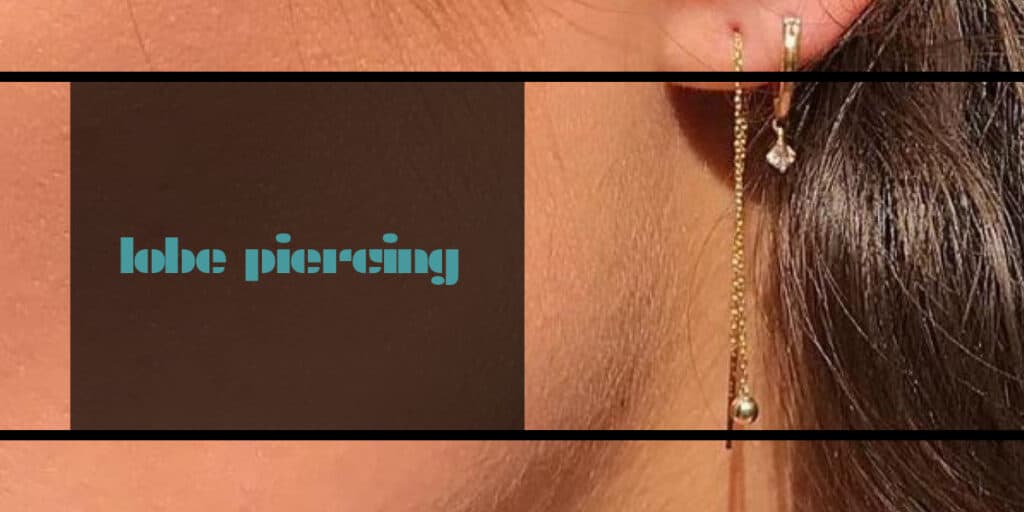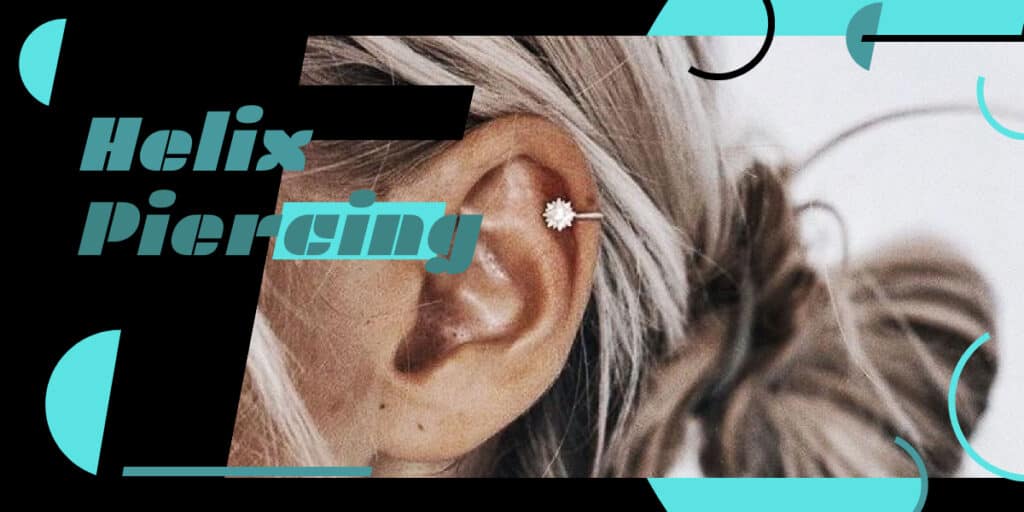Getting a bridge piercing? This is what you need to know
What is a bridge piercing?
A bridge piercing is a type of nose piercing that is done on the top of the nose. There are a number of reasons why someone might choose to get a bridge piercing, including cosmetic reasons (to add some aesthetic appeal to the face), religious reasons (to symbolize the reunion of the nose and lip after being separated during childbirth), or symbolic reasons (such as rebellion against parental rules). Regardless of the reason, it is important to understand the risks associated with bridge piercings before making the decision to get one.
What is a bridge piercing?
There’s a bridge piercing for everyone, and the options are endless. After all, the right bridge piercing can add the perfect finishing touch to your look. Here are the four most common types of bridge piercings and their benefits:
Does getting a bridge piercing hurt?
If you’re thinking of getting a bridge piercing, it’s important to do your research first. There are many different types of piercings, and each one comes with its own set of pros and cons. Bridge piercings, in particular, are a type of body jewelry that goes in between your eyebrows. They’re relatively painless, and most people only feel some pressure during the process. If you’re unsure of whether or not bridge piercings are the right choice for you, be sure to speak to an experienced piercer who can help you make a decision. Once you’ve made the decision, rest assured that healing will be quick – most bridge piercings heal within a few days.
What are the dangers of a bridge piercing?
A bridge piercing is a type of body jewelry that goes through the cartilage near your nose. It is a type of piercing that is very popular among teenagers and young adults, as it is seen as an accomplishment like getting married or having children. The danger of this piercing comes from the fact that it can be placed in either the left or right nostril, and the quality of the workmanship can be poor. Additionally, the placement of the bridge piercing can be dangerous, as it can affect your breathing. If you are considering getting a bridge piercing, be sure to get it done by a professional and make sure the jewelry is of good quality.
What kind of jewelry for a bridge piercing?
If you’re thinking of getting a bridge piercing, you’ll want to know the different types of jewelry that are popular. After all, there’s no point in wearing something if it’s not going to look good and fit your piercing perfectly. Here are the four main types of jewelry you can wear for a bridge piercing: posts, barbells, circular hoops, and barbells with a post. Be sure to choose the right type of jewelry for your body and piercings, as each one has its own set of benefits and disadvantages. Make sure to clean and dry the jewelry before wearing it, to avoid any irritation or discomfort. And lastly, make sure to enjoy your new piercing by wearing the right type of jewelry for the occasion!
What aftercare for a bridge piercing?
A bridge piercing is a great way to add some excitement and individuality to your look. However, after the piercing is done, it’s important to take care of the area in order to prevent any infection or scarring. Follow up with your piercer for additional instructions on aftercare. In the meantime, here are a few tips on how to take care of the piercing yourself:
Frequently Asked Questions
Is it necessary to take antibiotics before getting a bridge piercing?
It is always advisable to take antibiotics before getting any type of piercing, including a bridge piercing. Why? Well, the reason is that the antibiotic doses can vary depending on the jewelry and procedure that you are getting done. In addition, if you are getting a bridge piercing, it is important to take antibiotics in order to prevent any infection.
How do I choose the right type of bridge piercing for me?
Before choosing the right type of bridge piercing for you, it is important to speak to a qualified healthcare professional. They can help you choose the piercing location that is best for your lifestyle and body type. Some of the most common bridge piercings include lip piercings, nose piercings, and eyebrow piercings. When choosing the piercing location, think about the activities that you’ll be doing regularly after getting the piercing done. For example, if you’re going to be wearing a lot of makeup, make sure the piercing is close to your face so that the jewelry doesn’t get in the way. Alternatively, if you’re planning on swimming a lot, opting for a nose or eyebrow piercing may be safer since the water will not ripple the jewelry around as much.
What should I do if my skin starts to itch or hurt after getting a bridge piercing?
If your skin starts to itch or hurt after getting a bridge piercing, then you should immediately stop wearing the jewelry and seek medical attention. This could be because of an infection caused by bacteria that can easily spread from the piercings area. If you have any other symptoms such as swelling, redness, or fever then it is best to see a doctor for proper diagnosis and treatment.
How often should I get my bridge pierced, and what happens if I don’t schedule an appointment every 6 months?
It’s always important to get your bridge pierced on a regular basis, but it’s also important to remember that the jewelry should be replaced every 6 months. If you don’t schedule an appointment for your piercing checkups, then you risk getting painful piercings without proper hygiene measures. In addition, piercing your bridge is a popular trend and can be done in a few simple steps. Typically, the procedure takes around 10 minutes, and the jewelry typically lasts between 2 and 3 years.
What are the different types of bridge piercings?
There are a variety of bridge piercings that you can get, including conch (or helix) piercings, barbells and spiders. Labret piercings are smaller and closer to the lip, while tragus piercings are larger on the outer ear and take more time to heal. Both types of pierced ears can be done in a variety of styles, from basic straight throughs to flared Gothic arches.
Conclusion
A bridge piercing is a small piercing situated just above the cartilage of the nose. It is a popular piercing because of its unique look and the fact that it doesn’t require any major healing time. However, like all piercings, a bridge piercing carries the risk of infection and other complications. Make sure to consult with a certified piercer who can guide you through the entire process of getting your bridge piercing. In the meantime, read up on the different types of jewelry that are compatible with a bridge piercing and find out what aftercare measures you should take.



Pingback: The ultimate guide to all piercings